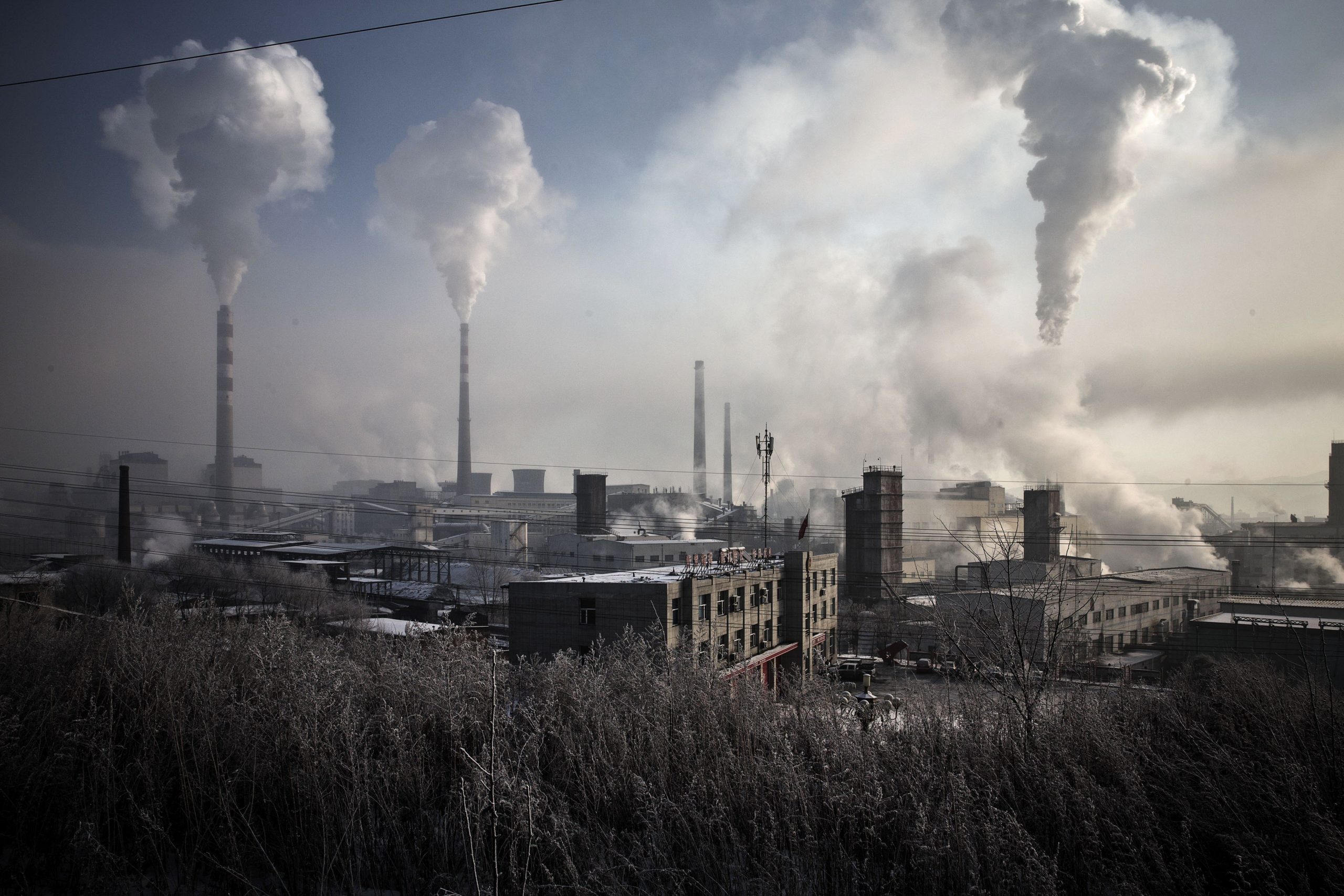
Dr. Seema Javed
Despite the commitments to decarbonize the steel sector, global steel production and development is still dominated by conventional, coal-based steelmaking, threatening to overwhelm global climate goals or risk billions in stranded assets.
That is the finding of a new report by energy research group Global Energy Monitor(GEM) , titled “Pedal to the metal: No time to delay steel sector decarbonization.” Global Energy Monitor, known for its coal plant tracker, is now also tracking steel plants. The report is based on the first comprehensive survey of all crude steel plants on the globe with capacity of at least one million tones per annum.
According to the survey, over 60% of global steelmaking capacity uses the blast furnace-basic oxygen furnace (BF-BOF) pathway, the most carbon-intensive method of producing steel with limited, difficult, and high-cost decarbonization options. In addition, more than three quarters of global steel capacity under development plan to use the coal-intensive BF-BOF pathway, rather than cleaner steel technologies such as electrified steelmaking.
The report highlights-
- More than three-quarters of global steel capacity now falls under net-zero and low-emissions carbon commitments from steelmaking companies and countries.
- Yet at “Over 75% of steel capacity currently under construction in the Global Steel Plant Tracker (GSPT)will also be carbon-intensive BF-BOF”, the most carbon-intensive conventional method of producing steel.
- The steel industry faces 47–70 billion USD in stranded asset risk for carbon intensive steel plants currently under development.
- Countries with the most overcapacity as a percentage of total production in 2020 were EU27+UK with 26.6%, Japan 7%, US 20.0%, and China with between 13.5% and 20.0%.
- According to the Global Steel Plant Tracker (GSPT), India has 90.1 Million tonnes per annum(mtpa) of operating steelmaking capacity, behind only China (1,023.7 mtpa) and Japan (117.1 mtpa).
- The make-up of India’s operating capacity is 63% BF-BOF (56.7 mtpa), 24% EAF (21.8 mtpa), and 3% OHF (2.5 mtpa), with the remaining 10% (9.1 mtpa) a combination of the three.
- In 2020, the steel sector in India emitted 242 Mt CO2, a 35% share of India’s industrial CO2 emissions and a 33% increase from 2010 (183 Mt CO2).
- From 2015 to 2019 steel production in India was on a continual rise from 89 to 111 Mt, before falling to 100 Mt in 2020 due to a slowdown from the Covid-19 pandemic. Steel production in the rapidly industrializing country is projected to quadruple by 2050
The report from Global Energy Monitor found that there are currently 78 proposed metallurgical coal mines for steelmaking and heavy industry use, accounting for 20% (455 mtpa coal) of global proposed coal mine capacity. GEM calculated that these proposed metallurgical coal mines risk a potential methane leakage of approximately 3.5 mtpa.
These emissions are not accounted for in steelmaking emissions calculations, meaning that the emissions savings potential of switching to green steel technologies from coal- based DRI and BF steelmaking is even greater than currently reported. According to the IEA Net-zero by 2050 Scenario (NZE), there should be no new coal mines or mine expansions after 2021 to hold global warming to 1.5°C.

As far as India is concerned-
- According to the Global Steel Plant Tracker (GSPT), India has 90.1 million tonnes per annum( mtpa) of operating steelmaking capacity, behind only China (1,023.7 mtpa) and Japan (117.1 mtpa).
- The make-up of India’s operating capacity is 63% BF-BOF (56.7 mtpa), 24% EAF (21.8 mtpa), and 3% OHF (2.5 mtpa), with the remaining 10% (9.1 mtpa) a combination of the three.
- In 2020, the steel sector in India emitted 242 Mt CO2, a 35% share of India’s industrial CO2 emissions and a 33% increase from 2010 (183 Mt CO2).
- From 2015 to 2019 steel production in India was on a continual rise from 89 to 111 Mt, before falling to 100 Mt in 2020 due to a slowdown from the Covid-19 pandemic. Steel production in the rapidly industrializing country is projected to quadruple by 2050.
- India is unique in that it has a large amount of DRI capacity (52 mtpa) that is primarily powered by coal. However, unlike the BF-BOF production method, emissions from DRI can be more easily eliminated by swapping out fossil fuels with renewables-based hydrogen as the reducing gas, meaning India is arguably better situated than many countries for decarbonization of its steel sector.
- India’s largest private steel companies are moving toward decarbonization. JSW Steel and Tata Steel Europe have committed to be carbon-neutral by 2050, with JSW Steel aiming to cut its carbon dioxide emissions more than 40% by 2030 (below 2005 levels).
These new carbon-intensive BF-BOF steel plants are being proposed and built despite steelmaking capacity being 25% above production levels in 2019. Due to the excess capacity, and promising advancements in low-emissions steelmaking technologies, new BF-BOF plants risk up to 70 billion USD in stranded asset risk for steel producers.
The report finds the steel industry is at a risky tipping point: if countries and companies don’t begin moving away from BF-BOF production, the world will be on a trajectory that makes international climate targets nearly impossible. Greater efforts and investments need to be made to ensure cleaner, green steel technologies advance to widespread commercial use over the next few decades.
“Climate pathways make it clear that we need to transition the current steel fleet from coal-intensive steelmaking to electrified steelmaking,” said Caitlin Swalec, researcher and analyst at GEM and lead author of the report. “The steel industry needs to put the pedal to the metal in terms of decarbonization.”
“Building new coal blast furnaces is a bad bet for steel producers and a bad bet for the planet,” said Christine Shearer, GEM’s Coal Program Director. “Coal-based steelmaking capacity already far exceeds production, there is no need to build more.”
The report also finds that with global steelmaking capacity about 25% higher than production, many older and polluting steel plants can be closed without disrupting global supply. Countries with the most overcapacity as a percentage of total production in 2020 were EU27+UK with 26.6%, Japan 23.7%, US 20.0%, and China with between 13.5% and 20.0%.
 Jubilee Post News & Views
Jubilee Post News & Views





